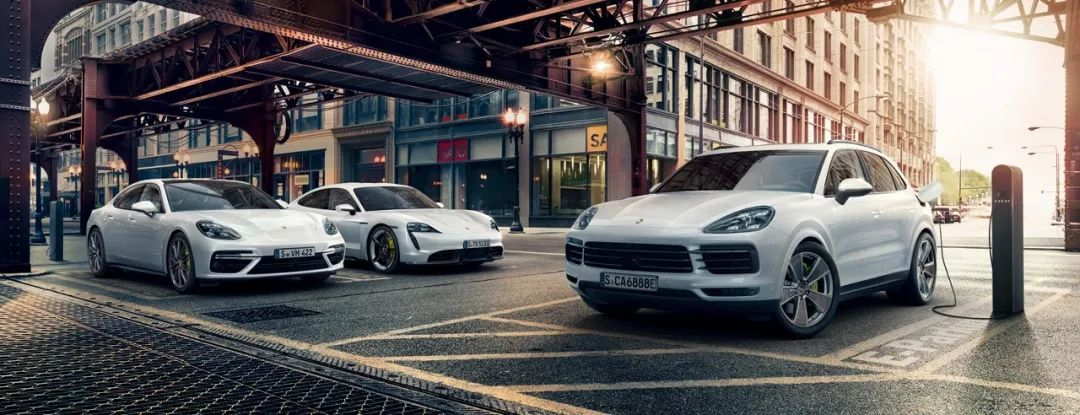Author: Wang Xuan
The sports car brand is arguably the most challenging business in the world. Due to its outstanding performance, it is sought after by car enthusiasts; because of its striking design, it can catch the eyes of everyone on the scene, and due to its high price, there are few people in the world who can afford sports cars. Behind this, every sports car brand faces an opposing problem: maintaining huge R&D funds and inadequate profitability.

Therefore, you will find fewer relatively “independent” sports car companies in the world, and almost all companies that make sports cars need to rely on large automobile groups. Over the past thirty years, some of them had to face the difficult problem of “decluttering”, such as Maserati, which has been far away from various competitive events, and its image in the minds of global consumers is rapidly declining. There are also those who have changed their owners several times in search of survival, such as Aston Martin.
Of course, in most people’s minds, sports cars represent paranoia and purity, but perhaps we should discuss more realistic topics, such as profits. By understanding the phenomenon reflected in this field, we can know that “sustained development capability” is a vital chip for sports car companies to laugh last.
To Master the Profit Code, Let’s Look at Porsche
“Sustained development capability” is the ability of companies to balance profit, investment, and development, of course, the key thing is profitability. In terms of profitability, Porsche is the best sports car brand. Through the 2022 Porsche media communication meeting, we obtained such a set of data.
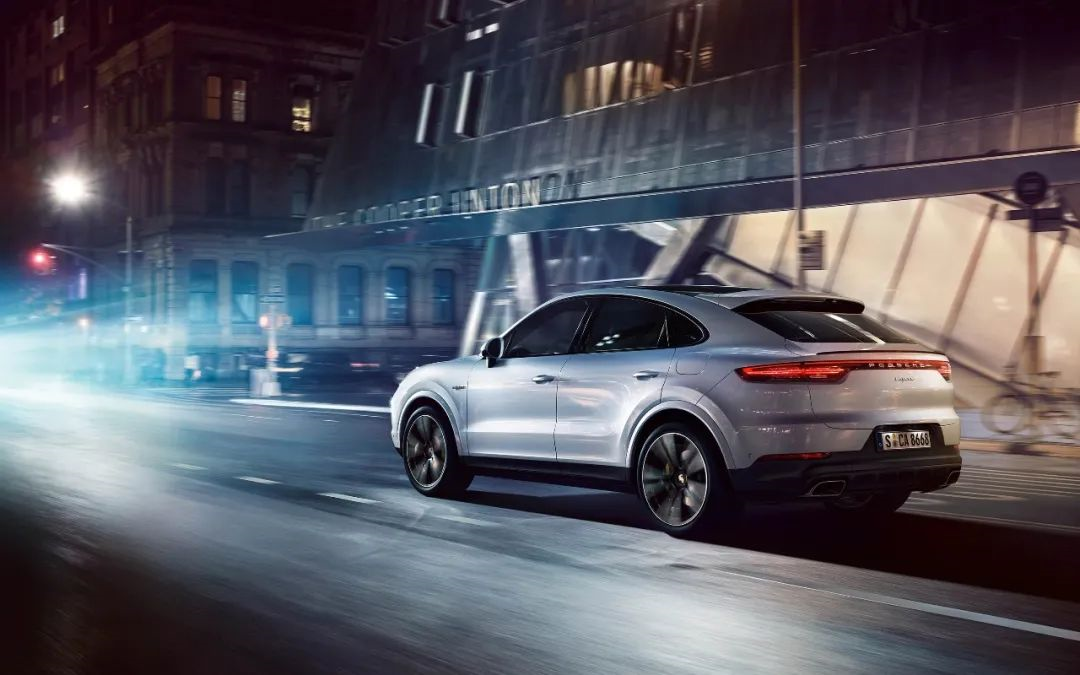
“In 2021, Porsche’s new car delivery volume in the Chinese market reached 95,671 units, an increase of 8% year-on-year. Among them, SUV models continue to lead in the Chinese market. The sales performance of the luxury SUV Cayenne and the fashionable pioneer Macan are equal. The demand for the luxury sedan Panamera is still strong, and the new car delivery volume has increased by 26% year-on-year. The sales in the Chinese market account for more than half of the total Panamera sales worldwide. It is worth mentioning that the influence of the two-door sports car on young consumers is also increasing day by day, and the legendary sports car 911 has increased by 67% year-on-year, achieving high double-digit growth for two consecutive years. Mid-engined sports cars 718 continue to lead the market with a 74% market share in the segmented market.
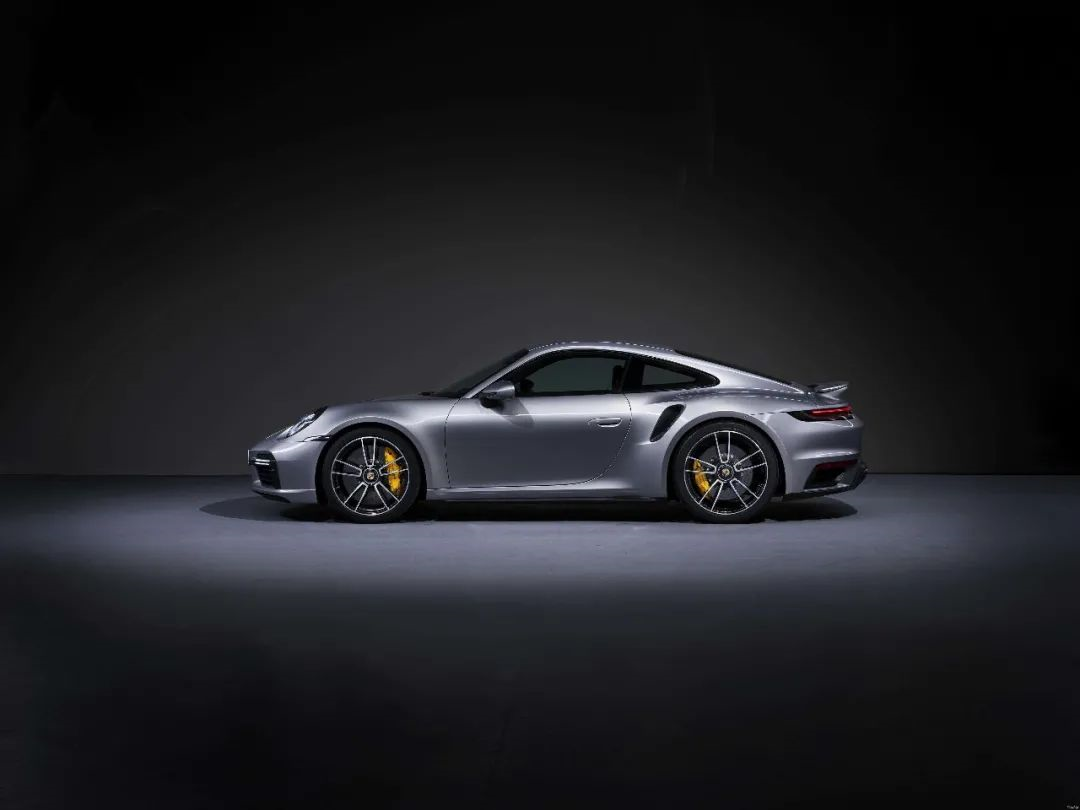 In addition, Since its launch, Porsche’s first pure electric sports car, Taycan, has continued to receive positive feedback from the market, and has launched four derived models in China, achieving a delivery record of 7,315 units in 2021. Porsche owners in China are getting younger, with a roughly equal male-to-female ratio of 5:5. Especially for Panamera owners, the trend of getting younger is becoming more and more obvious, and currently, 10% of customers are from Generation Z, or the “post-00s.”
In addition, Since its launch, Porsche’s first pure electric sports car, Taycan, has continued to receive positive feedback from the market, and has launched four derived models in China, achieving a delivery record of 7,315 units in 2021. Porsche owners in China are getting younger, with a roughly equal male-to-female ratio of 5:5. Especially for Panamera owners, the trend of getting younger is becoming more and more obvious, and currently, 10% of customers are from Generation Z, or the “post-00s.”
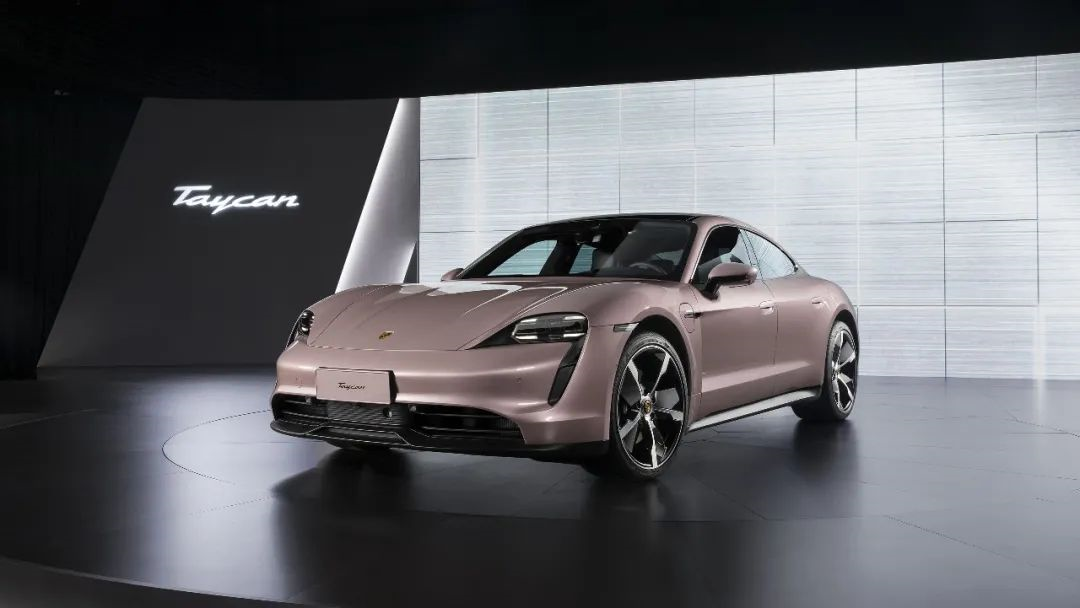
From this report by Porsche China, we obtain three important pieces of information:
-
SUVs and executive-level sedans, like the Panamera, are Porsche’s “cash cows” in the Chinese market;
-
The audience for sports car series in China is gradually expanding;
-
The trend of China’s consumer age is decreasing. These three things correspond to Porsche’s profits, investment, and innovation.
Profits
Porsche’s Cayenne, Macan, and Panamera models are important supports for Porsche’s sustained development, and the profit plan began 20 years ago. The Cayenne series, which went on sale in 2002, was a landmark model for Porsche to expand its product structure, and because of this model, Porsche became the earliest sports car brand to achieve diversified product structure.
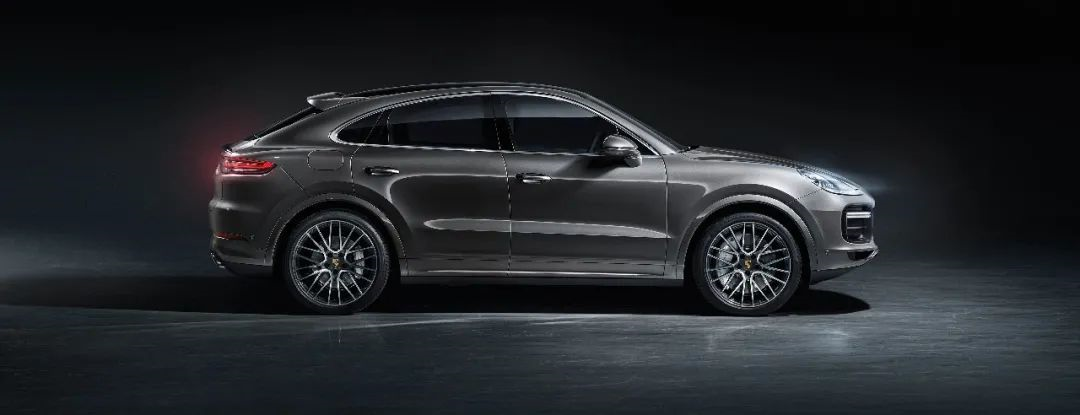
Today’s Porsche Cayenne is the cornerstone of the Chinese market, playing the same role it did 20 years ago in the European market.
The late 1990s were a critical time for the development of urban SUVs. At that time, the European market not only had the upgraded Land Rover, but also models like the BMW X5 and Mercedes-Benz ML waiting to be launched. In the era when various luxury brands were pioneering the luxury SUV market, Porsche was also a participant. This pioneering effort was of great strategic significance for Porsche. According to data from Carsalesbase, since 2003, the Cayenne series has been able to break ten thousand units in annual sales on the European market, even surpassing the Land Rover in consecutive years.
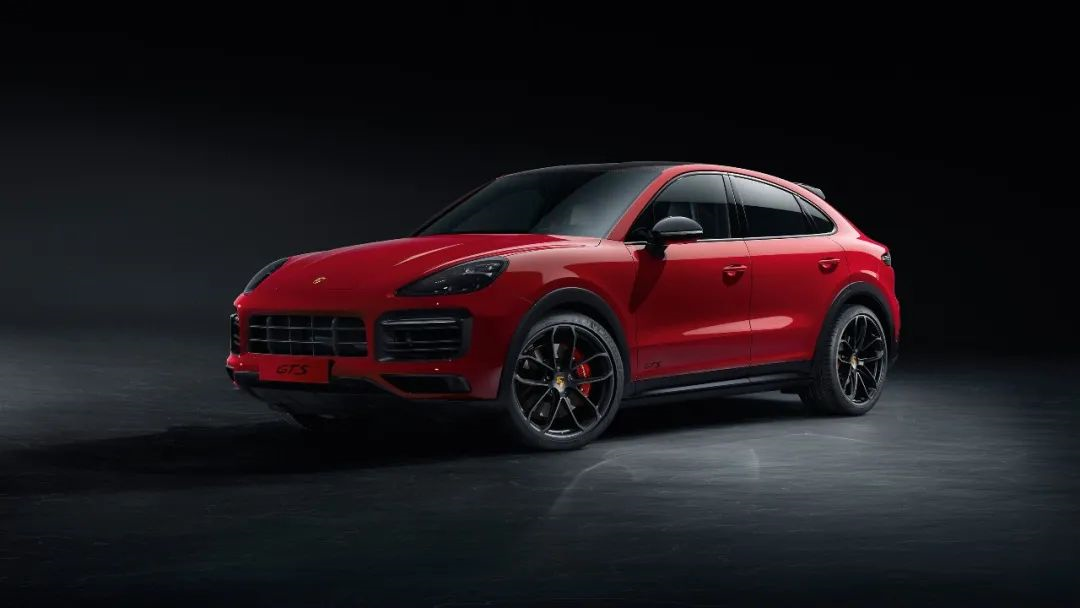 Prior to the main market shift from Europe to China, Porsche had achieved new performance highs with the Cayenne model, laying a solid foundation for the brand’s subsequent development. During the global expansion of Porsche’s models, the systematic capabilities provided by Volkswagen Group have boosted the brand’s ability to expand its product line.
Prior to the main market shift from Europe to China, Porsche had achieved new performance highs with the Cayenne model, laying a solid foundation for the brand’s subsequent development. During the global expansion of Porsche’s models, the systematic capabilities provided by Volkswagen Group have boosted the brand’s ability to expand its product line.
The Cayenne, Macan, and Panamera are currently the best-selling models in the Chinese market, and for any sports car brand, the ability to develop and iterate three “branch models” within 20 years is an unparalleled capability. Porsche has this ability because it has sufficient funds and also has the platform and technical support of Volkswagen Group, with all three models born on the group’s platform.
With these achievements, Porsche has truly entered a cycle of development, expanding into more potentially lucrative market segments beyond its core sports car business.
2021 marks the 20th year of Porsche’s entry into the Chinese market and is a key turning point for the brand. The current Chinese automobile market is undergoing a baptism of intelligence and electrification, and China is the largest independent market globally for Porsche. Therefore, Porsche will shift more resources towards the Chinese market.
At the beginning of 2021, Porsche’s digital department in China became an independent operating company, Porsche (Shanghai) Digital Technology Co., Ltd., which will focus on digital service systems and charging networks for Porsche users. Meanwhile, Porsche’s research and development center established in Shanghai will be put into operation in April this year. We can foresee that in the future, Porsche will integrate more considerations towards Chinese consumer preferences when developing its products.
In addition to research and development investments, Porsche has also made great efforts in brand image communication in recent years. Porsche has organized numerous activities related to motorsports culture and experience, including track days, ice and snow training camps, classic tours, and many celebrities have participated in these events to attract more people to the Porsche brand.
DevelopmentIn early 2022, Porsche surprised the industry with outstanding performance, with Porsche 911 sales in the Chinese market increasing by 67% year-on-year. This demonstrates that Porsche has achieved a significant success in promoting performance culture in the Chinese market. At the same time, the racing culture coincides with the spiritual needs of young consumers, and Porsche has reached further into the age structures of its target audience.
On the profit side, according to Porsche’s financial statement for the first 9 months of 2021, its global profit has reached a total of 3.4 billion euros. It has been reported that Porsche is seeking to go public independently from Volkswagen Group. Wall Street estimates the valuation of Porsche IPO to be around 60 to 85 billion euros, which is more than half of the market value of Volkswagen Group.
However, regarding the issue of an independent IPO, Dr. Josef Arweck, CEO of Porsche China, stated that Porsche China is a branch of Porsche and does not have decision-making authority. Whether or not to go public still depends on Volkswagen Group and the Porsche Supervisory Board’s adjustments of their operations.
Conclusion
During the two decades that Porsche has entered China, its product line has diversified, and it has deepened Chinese consumers’ recognition of the brand through the promotion of racing culture. However, Porsche still faces challenges caused by the digital transformation and new retail models in the Chinese market.
Perhaps some have doubted Porsche’s purity since it launched SUV production, even calling it a “traitor” among sports car brands. But the fact is that no matter what Porsche does, it stays on the path of “continuous development”. Only those who endure to the end can be called legends, right?
This article is a translation by ChatGPT of a Chinese report from 42HOW. If you have any questions about it, please email bd@42how.com.
